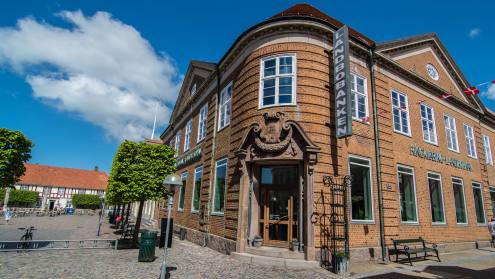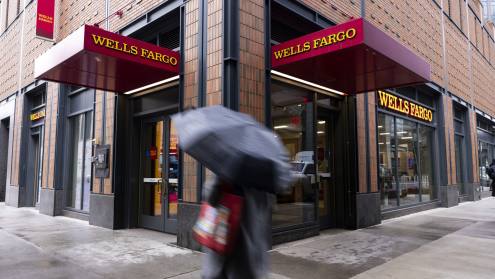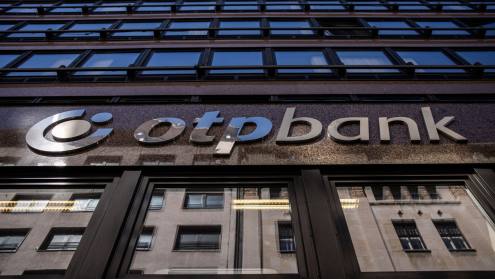Brand values in this year’s Top 500 Banking Brands ranking have increased 14% from 2013, reflecting the continuing recovery of global banks from the financial crisis. Among the top 10 banks, eight saw their brand values rise by 9% or more.
Wells Fargo had another strong showing, topping the ranking for the second year in succession. Its brand value went from $26bn in 2013 to $30bn in 2014. HSBC moved up from third to second. Bank of America and Citi also jumped one place from last year to third and fourth, respectively. The bank brand to lose out to HSBC, Bank of America and Citi was Chase, which slipped from second to fifth spot, a result of its brand value declining 1% to $23.2bn.







